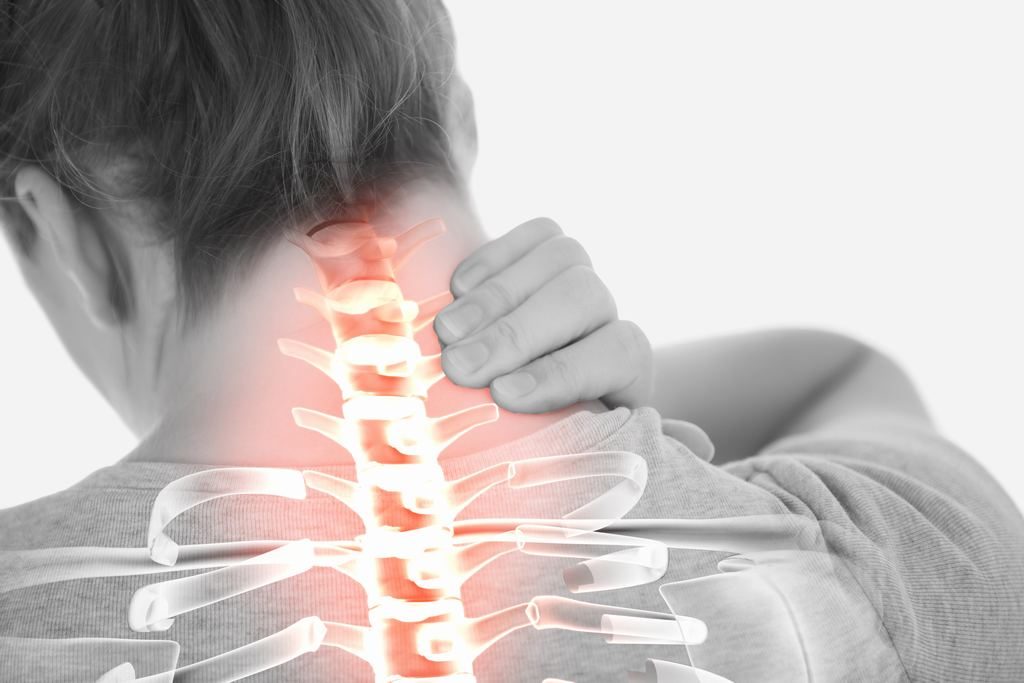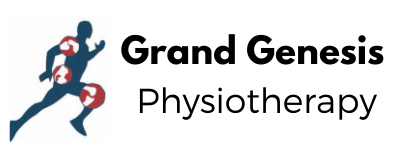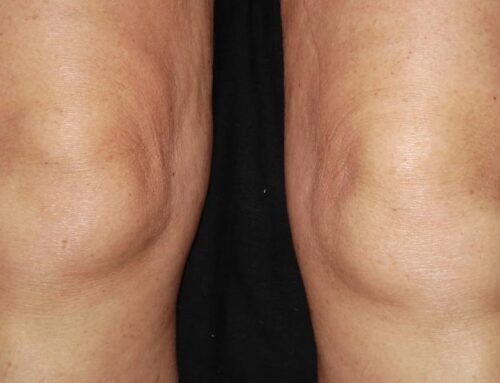What are the different types of laser treatment?
There are many different types of lasers used cosmetically but they fall into two main categories: ablative lasers and non-ablative lasers:
Ablation is a medical term used to describe the removal of material from the surface of a structure using an erosive process. Ablative laser treatment is defined by the fact that it removes the upper layers of skin and so it can take a few weeks to heal after treatment.
Ablative lasers are often used to reduce scarring. They are also used to treat wrinkles as they can stimulate collagen production. There are two different types of ablative laser: Carbon Dioxide and Erbium lasers.
Non-ablative lasers leave the skin surface intact so, while there may be some redness after treatment, skin normally recovers quickly. Because they work below the surface of the skin they are particularly effective at removing broken veins, reducing pigmentation issues, treating fine lines and small wrinkles and removing unwanted hair and tattoos. There are several different types of non-ablative lasers but the most common are Pulsed Dye Lasers (or DPL), Nd: Yag lasers and Alexandrite lasers.
Dermatologists also use other non-laser, light-based treatments such as Intense Pulsed Light (IPL). Laser therapy How should I care for my skin after treatment.

When should I consider laser treatment on my skin?
If you are particularly concerned about hyperpigmentation, rosacea, acne scarring or any other skin condition you should discuss your treatment options with a dermatologist. They will recommend the most suitable treatment for your skin. Laser therapy How should I care for my skin after treatment.
Benefits of Cold Laser Therapy

What Is LLLT?
LLLT Applications
- Acupuncture points
- Arthralgia and arthritis
- Back pain
- Bursitis
- Carpal tunnel syndrome
- Chondromalacia patellae
- Fibromyalgia
- Heel spurs and plantar fasciitis
- Migraine headaches
- Neck pain and whiplash
- Nerve root pain
- Postoperative pain
- Repetitive stress
- Injuries
- TMJ pain and dysfunction
- Tendonitis
- Tennis elbow
- Neuralgia
- Trigger points
- Sprains and strains
- Swelling
- Wound healing



